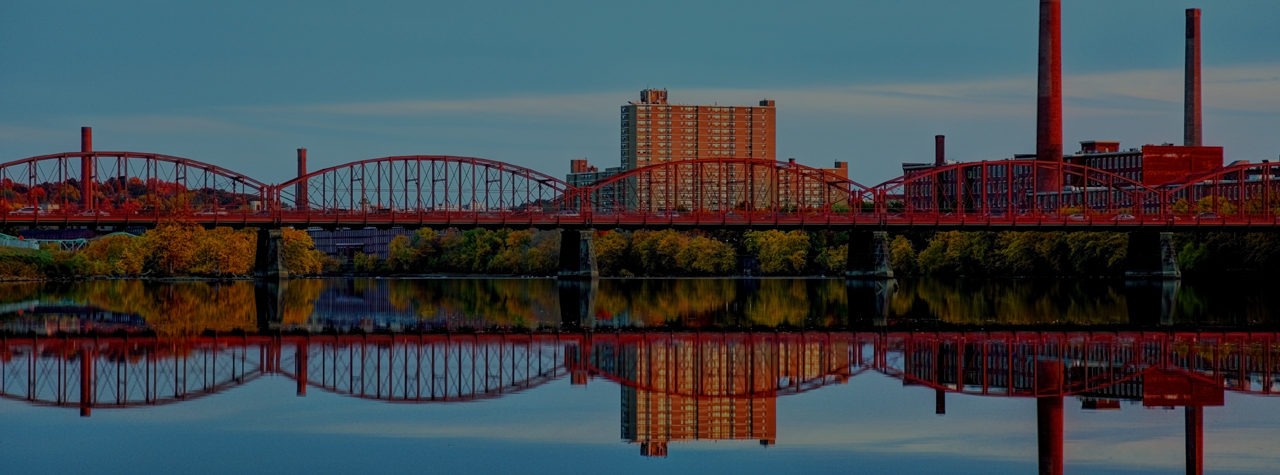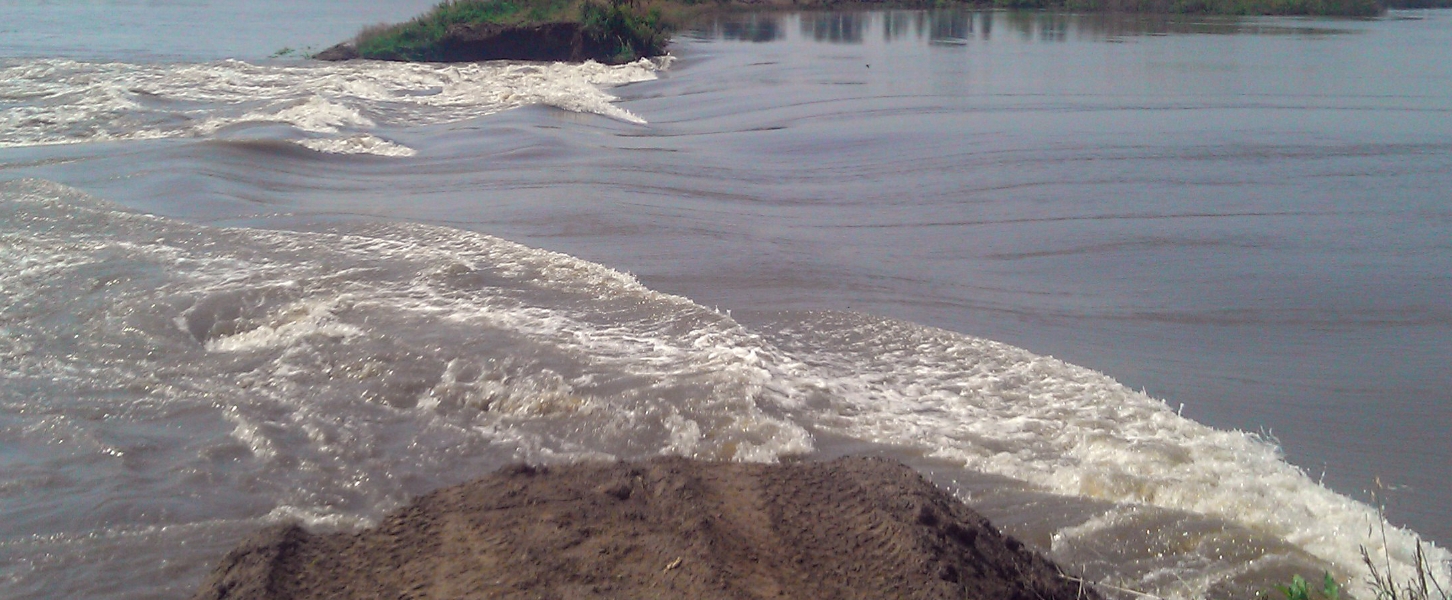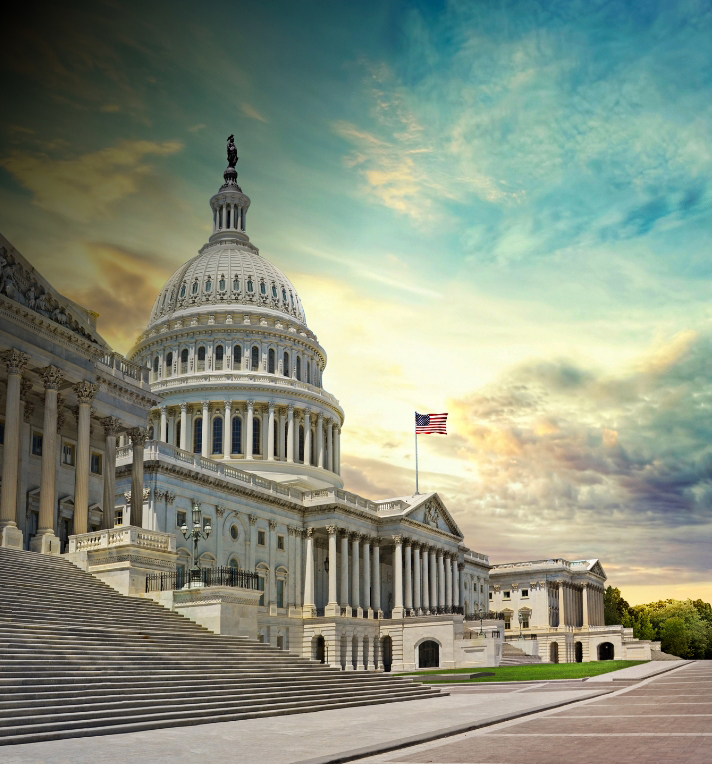Massachusetts Infrastructure Overview
While the nation’s infrastructure earned a C in the 2025 Infrastructure Report Card, Massachusetts faces infrastructure challenges of its own. For example, driving on roads in need of repair in Massachusetts costs each driver $620 per year, and 9% of bridges are rated structurally deficient. Drinking water needs in Massachusetts are an estimated $12.2 billion. 328 dams are considered to be high-hazard potential. The state’s schools have an estimated capital expenditure gap of $1.39 billion. This deteriorating infrastructure impedes Massachusetts’s ability to compete in an increasingly global marketplace. Success in a 21st-century economy requires serious, sustained leadership on infrastructure investment at all levels of government. Delaying these investments only escalates the cost and risks of an aging infrastructure system, an option that the country, Massachusetts, and families can no longer afford.
-
Explore Massachusetts
- State Fact Sheet
- IIJA Grants
State Fact Sheet
Download Fact Sheet
Aviation
$36.4 million in 2024 airport improvement grants across 8 major airports

Drinking Water
$15.2 billion total drinking water need

Transit
262 million passenger trips across 25 systems in 2023

Bridges
5,296 bridges, 8.9% of which were structurally deficient in 2024

Hazardous Waste
41 Superfund sites

Wastewater
$11.1 billion total wastewater need

Dams
335 high hazard dams

Levees
48 miles of levees protect $4.9 billion of property.

Roads
55% of roads are in poor or fair condition

Connect with Your Legislators
Let everyone know how important it is that we continue to invest in the future of America’s infrastructure.
Take Action Today







